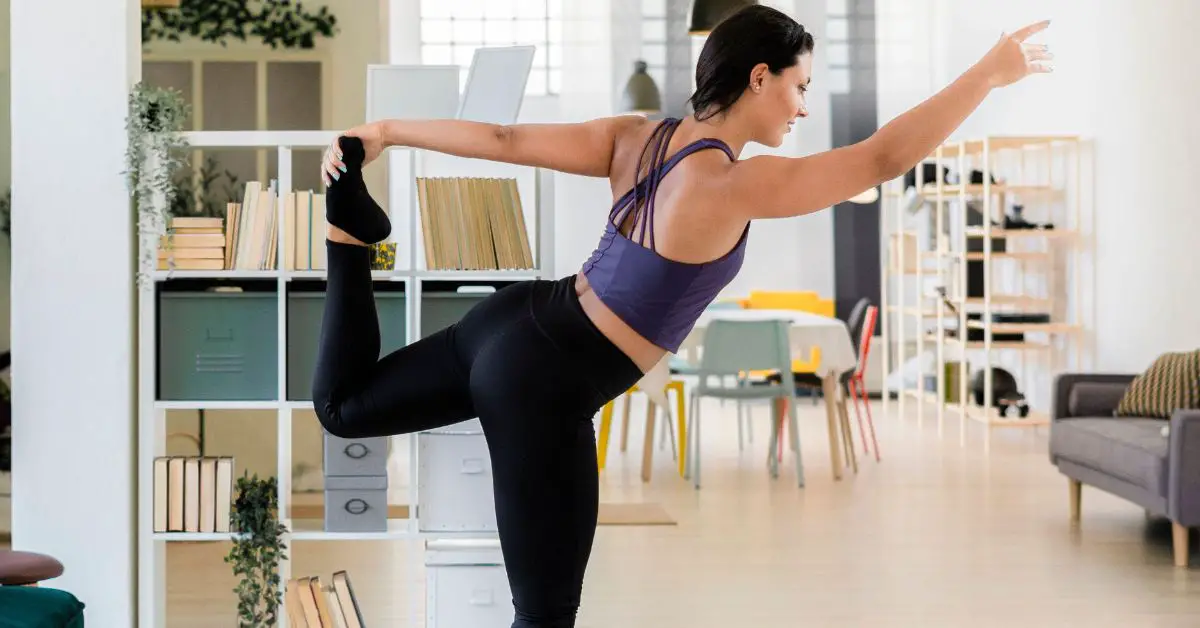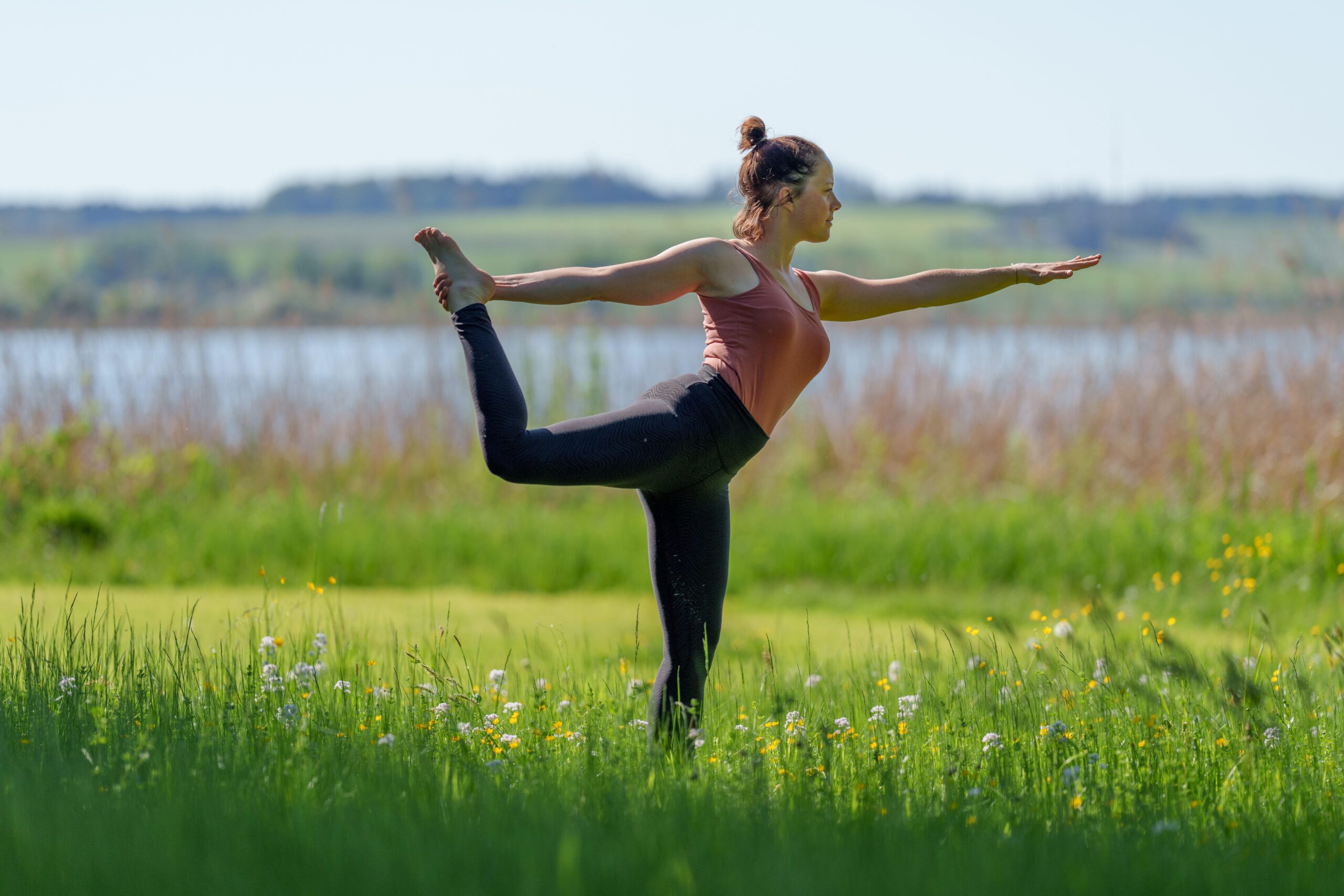
Credit: Alamy
Standing On One Leg For 10 Seconds Could Expose Your Risk Of Death
Standing on one leg for 10 seconds could apparently expose your risk of death.
A recent study has shed light on the significance of non-aerobic fitness in relation to health, specifically focusing on balance.
This research suggests that the ability to stand on one leg for 10 seconds could have implications for longevity.
The study, published in the British Journal of Sports Medicine, revealed that individuals who couldn’t maintain this balance had a twofold increased risk of death within the next decade.
Conducted by the CLINIMEX exercise open cohort/evaluation study, which began in 1994, the research analysed a group of 1,702 participants between 2009 and 2020.
The participants were asked to stand on one leg for 10 seconds during check-ups, and the test was standardised to ensure consistency.
The outcomes were quite surprising.
Related Article: 80-Year-Old Man Who ‘Hasn’t Slept For 61 Years’ Claims Doctors Don’t Know Why
Related Article: Doctor Explains Why Just 5 Hours Of Sleep Per Night Can Lead To ‘An Early Death’
Around 20% of the cohort failed the one-legged stance (OLS) test, with failure rates doubling at five-year intervals starting from age 51 to 55.
Over the subsequent seven years, 7% of the cohort (123 individuals) passed away.
The researchers identified a significant correlation between those who failed the test and increased mortality risk, even after accounting for age, sex, and health conditions.
Those unable to complete the 10-second OLS were found to have an 84% heightened risk of death over the next decade.

These results underscore the potential value of incorporating balance assessments into routine health examinations, especially for older adults.
The ability to maintain balance is not only associated with overall physical fitness but also impacts daily activities like getting out of a car or climbing stairs.
Dr Claudio Gil Araujo, lead author of the study, told IFLScience that poor balance could lead to a loss of autonomy and reduced physical activity, potentially leading to a snowball effect on health.
Dr Araujo suggests that the 10-second OLS test should be included alongside other basic health measurements like height, weight, and blood pressure in routine health checks for individuals aged 51 to 75.
Related Article: Disgusting Reason You Should Never Sleep Naked In Bed
Related Article: Cleaning Expert Gives Grim Warning About Making Your Bed First Thing In The Morning
He also notes that it can be improved through targeted training, highlighting the potential for enhancing overall quality of life and, possibly, survival.
Further studies are currently underway to explore the relationship between muscle power, strength, flexibility, and all-cause mortality.
Dr Araujo said: “We are currently looking at our cohort data to check the association of muscle power and strength (two related but distinct things) and flexibility scores/measurements with all-cause mortality.
“We are extending our previous study using the sitting-rising test for a larger sample and longer follow-up and including analysis of other causes of natural death, such as these due to cardiovascular diseases.”
Despite the need for more in-depth analyses, this research provides a simple yet insightful tool that could be used for assessing the health of older adults.
Balance, it appears, is not just a physical feat but also a potential predictor of longevity and overall well-being.